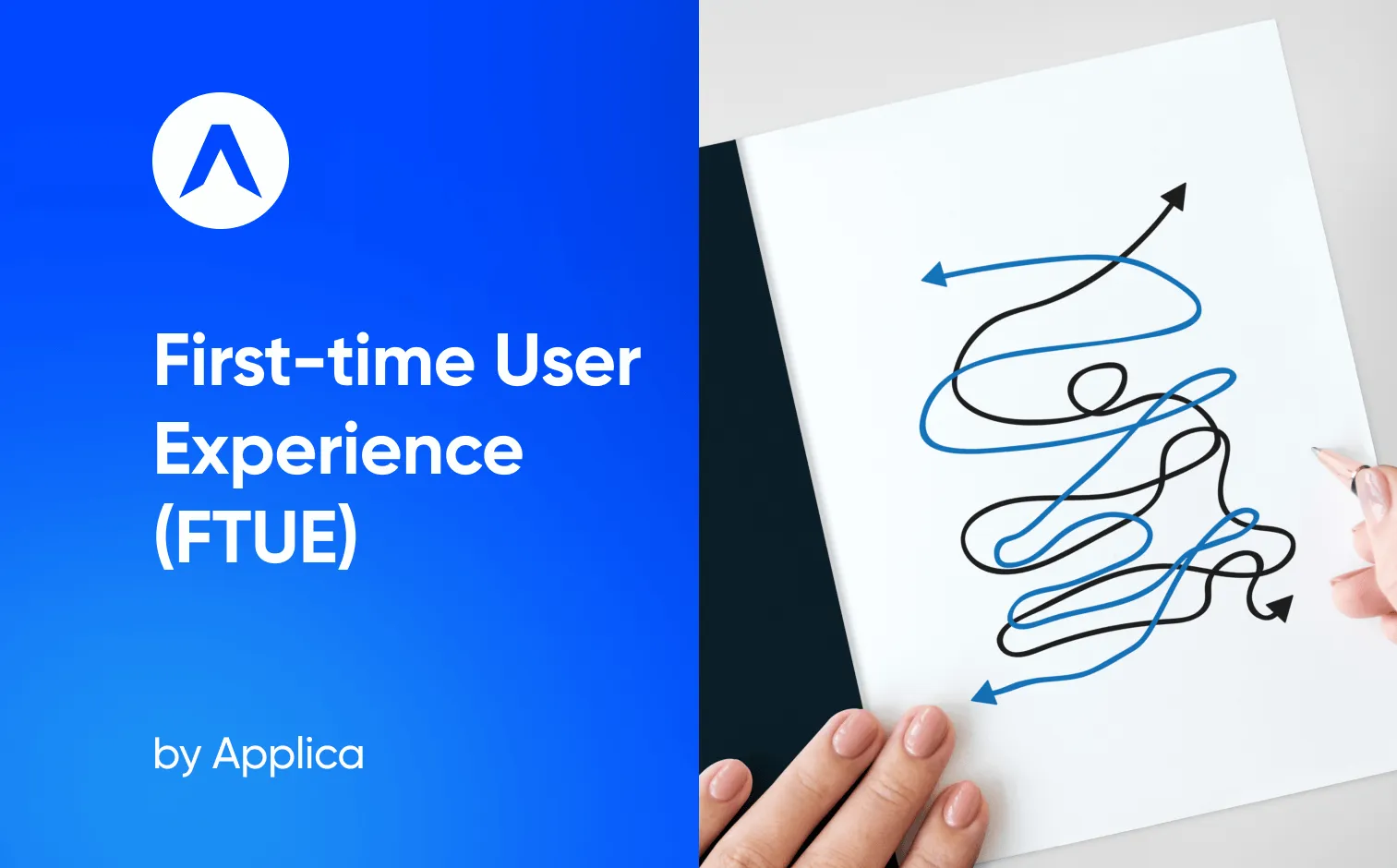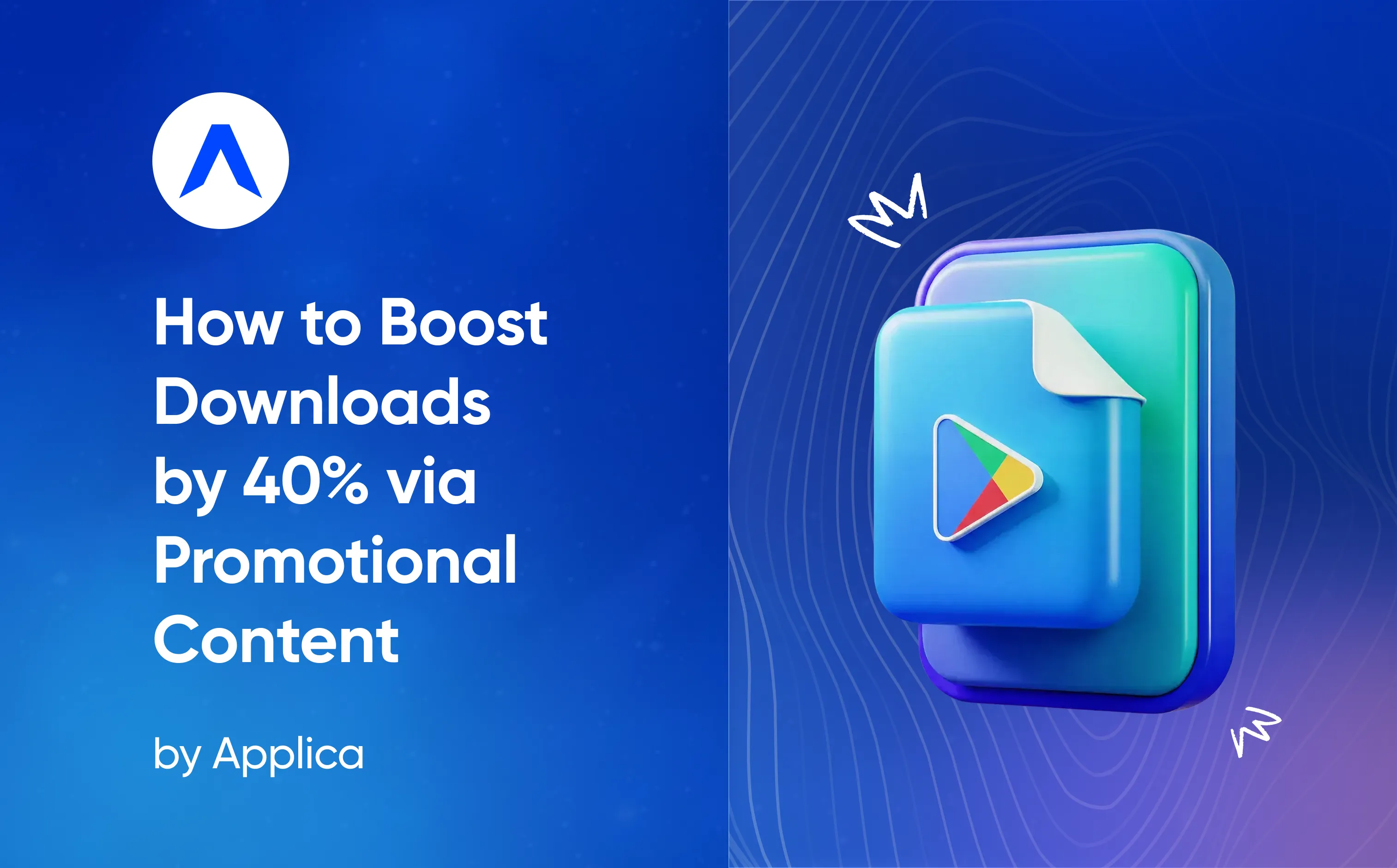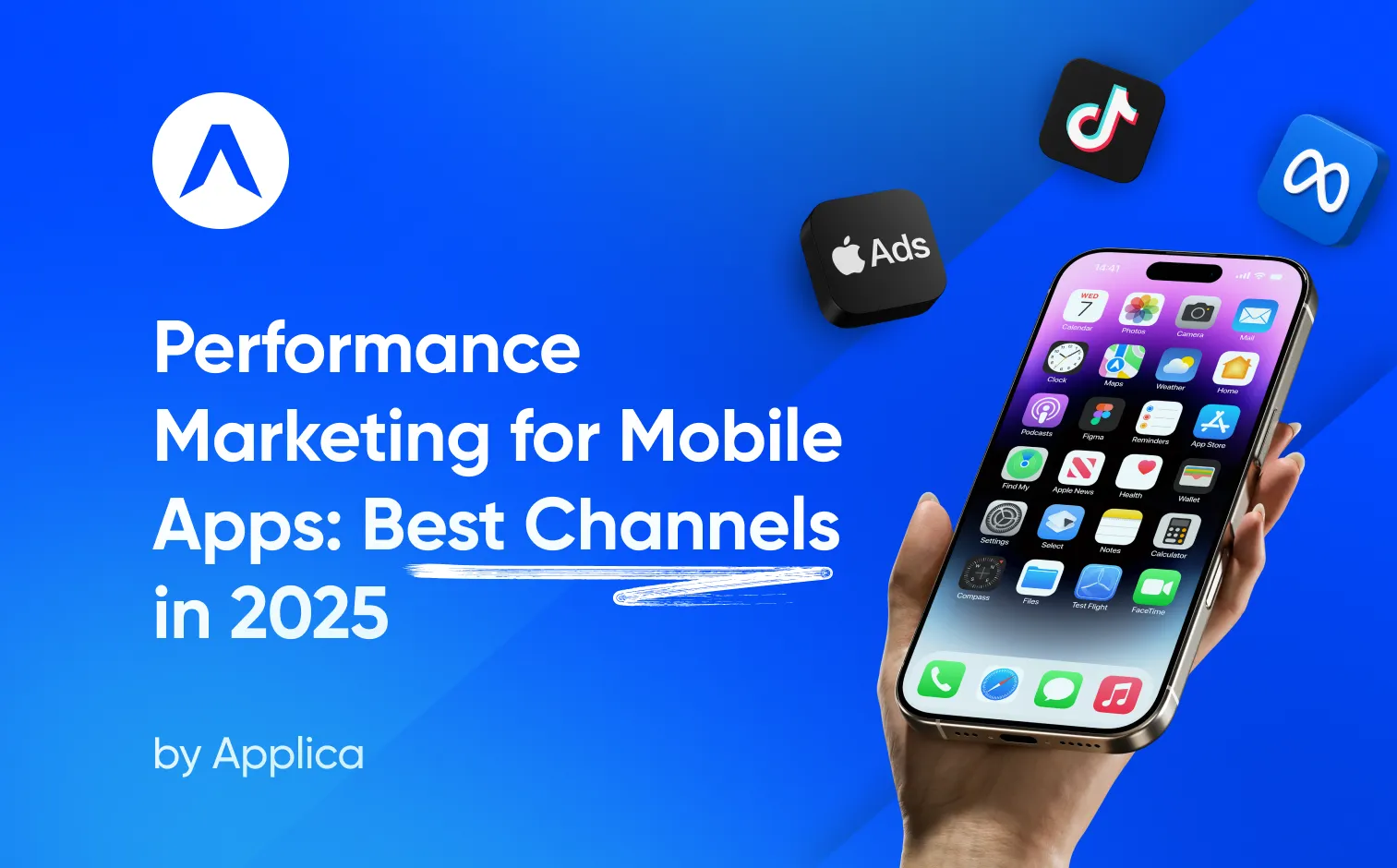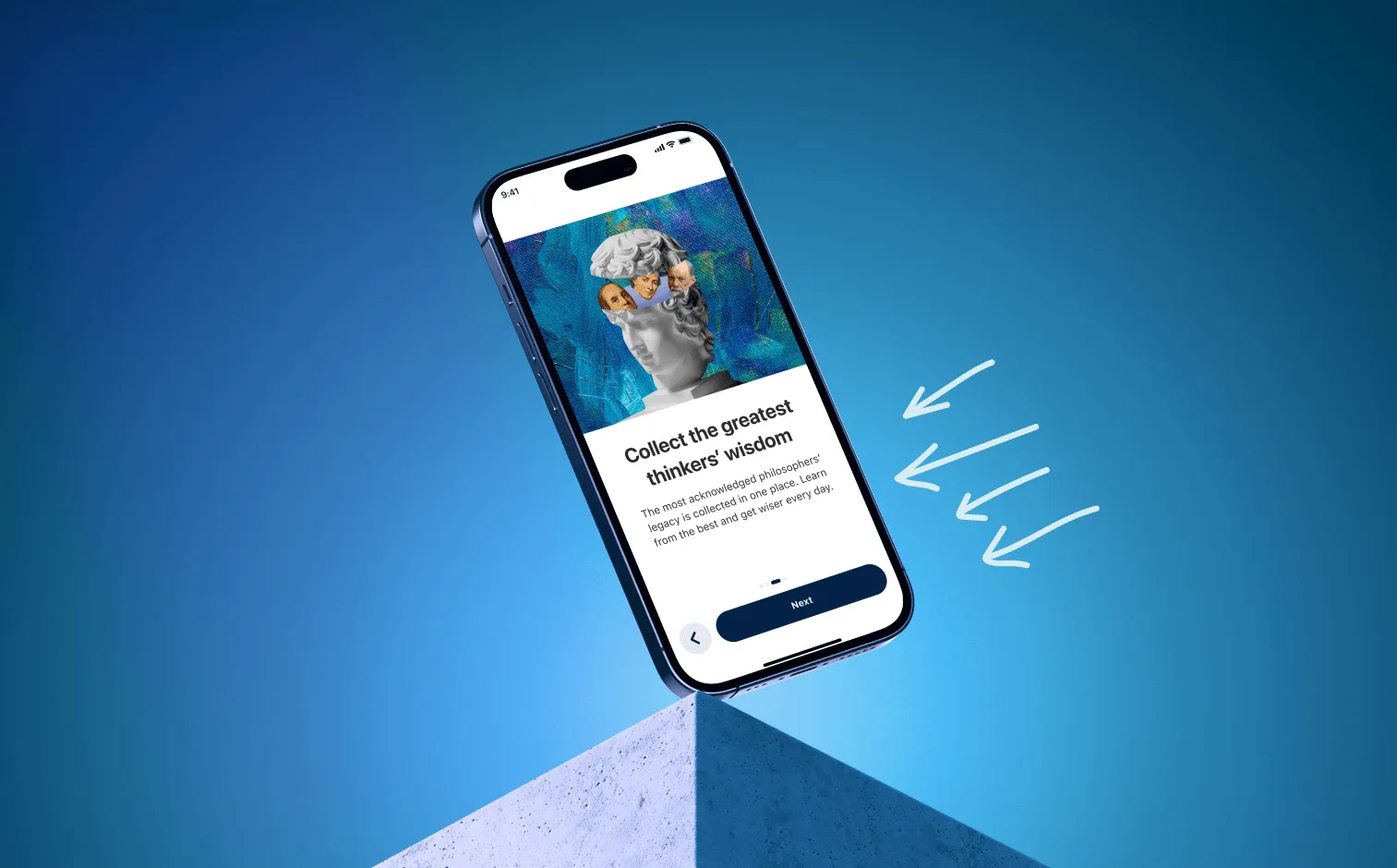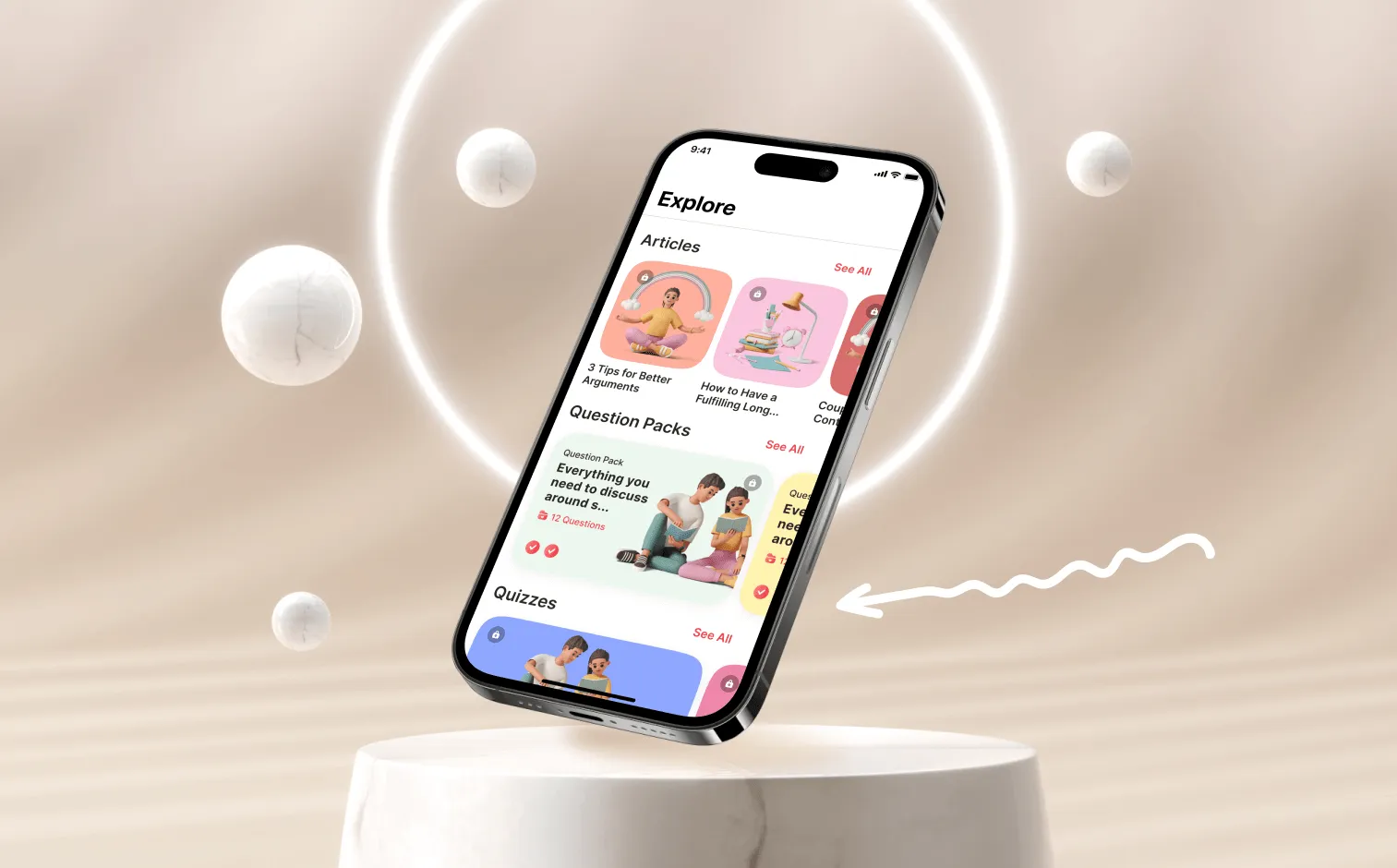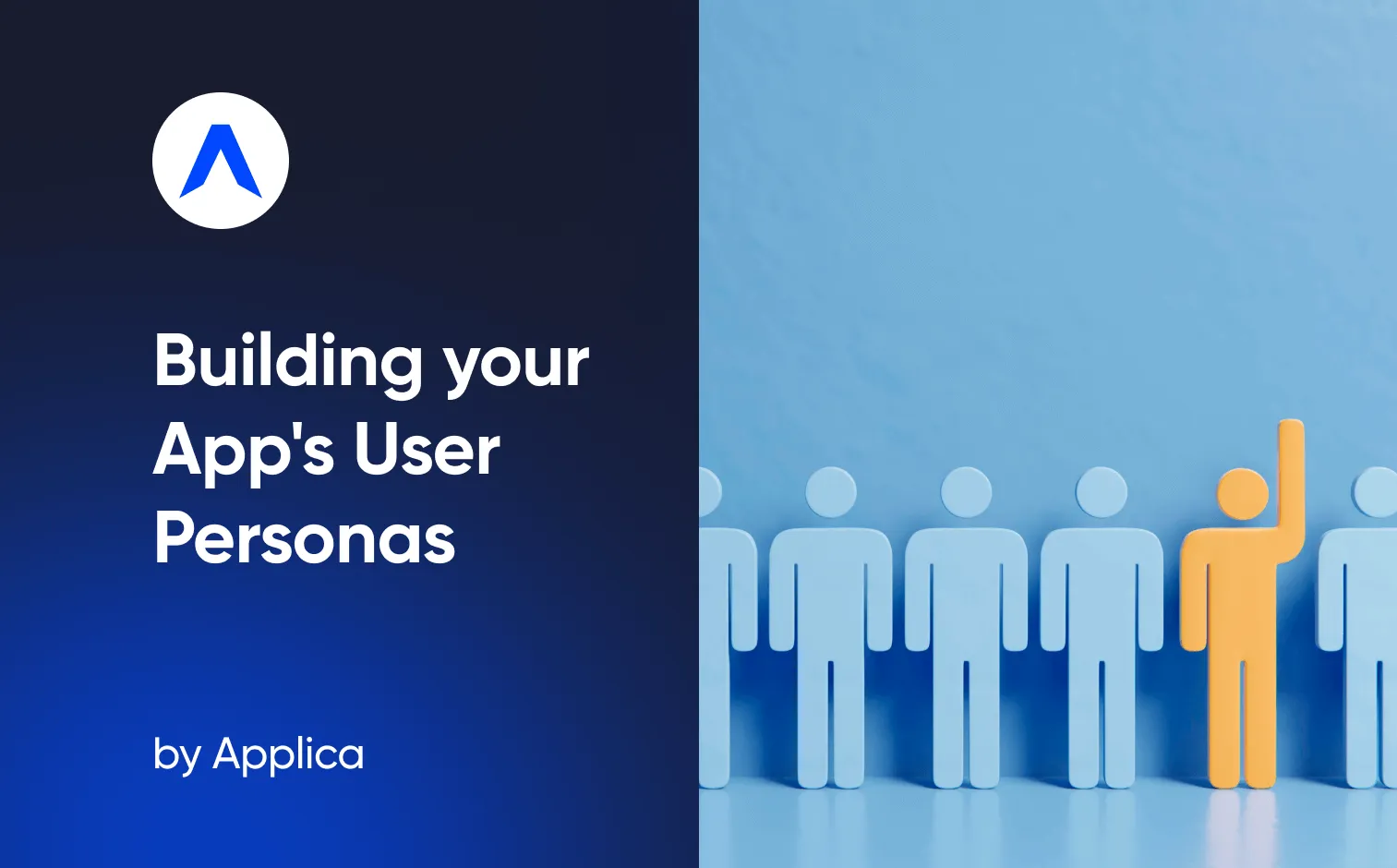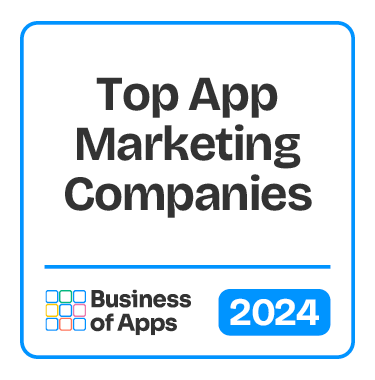What is First-Time User Experience (FTUE)
First-time user experience (FTUE) is the term used to describe the initial journey that a customer or user has upon using a product or service for the first time. It encompasses the user’s entire initial experience, from the first moment of contact with your product or service through to learning how to use and benefit from it. Essentially, it’s all about the user’s first impression of your product or service, and how they gain value from it.
FTUE focuses on the design and delivery of a user-friendly, streamlined, and enjoyable experience for a customer’s first contact with a product or service. A successful FTUE should make the user feel at ease and comfortable with the product or service, as well as educate them about how it can best help them fulfill their needs. This may include providing clearly written instructions and tutorials, as well as easy-to-follow steps to complete a task. A positive FTUE can help foster relationships with customers and build brand loyalty.
Businesses can employ various techniques to ensure a successful FTUE. For example:
- Relevant onboarding emails can provide customers with necessary information.
- Customer service can ensure a smooth transition from unfamiliarity to actual utilization of the product.
- The user interface should be made as user-friendly as possible with an attractive and engaging design.
FTUE or FTUX is important for any business, as it forms the first impression a customer has with your product or service and can significantly impact customer loyalty. Businesses should focus on ensuring a successful FTUE to maximize customer satisfaction and build a positive reputation.
The Components of FTUE
- Onboarding:
Introducing a user to a product, app, or service and providing information on how to use it. This includes personalized walkthroughs, tutorials, and tooltips that explain the user interface and features of the product. - Help & Support:
A good FTUE includes help and support options such as user guides, FAQs, forums, and customer support contacts. - User Interface:
The first thing users see when they open an app or visit a website. It should be easy to navigate, with visual cues guiding users toward desired actions. - User Testimonials & Reviews:
People are more likely to try a product if they know others are using it and have positive experiences. Showcasing testimonials and reviews provides assurance to potential customers. - Education & Training:
Providing tutorials, courses, videos, and other resources helps users understand how to use the product and take full advantage of its features.
Reasons Why FTUE is Important
Better Activation and Conversion Rates
First-time user experience plays an essential role in increasing activation and conversion rates for web and mobile applications. A great user experience encourages users to take the first step in engaging with an application as well as encourages them to return to use it again.
Good first-time user experience starts with providing simple onboarding and tutorials that give users the basic information necessary to navigate and comprehend a product. Onboarding should engage users with valuable content and explain how the product works. It should also be visually appealing, have a simple interface, and cater to the user’s need and level of understanding.
In addition to onboarding, a great user experience should also allow users to move smoothly through product features. This includes providing clear prompting and visual cues, along with conversational onboarding that anticipates user needs. As users become more familiar with the application, they should be able to customize settings according to their needs.
Finally, first-time user experience should also support a user’s decision to become an active user and convert. This means providing users with a clear path to conversion by offering incentives or rewards along the way. By making the conversion process effortless, users are more likely to take the next step and become engaged with the product.
Improved Word-of-Mouth
By providing people with a great first-time user experience, companies have the opportunity to change the consumer-company dynamic and increase word-of-mouth. When a customer has a positive experience with your product or service, they are more likely to talk about it and recommend it to their friends and family.
First-time user experience is important because it sets the tone for a customer's future interactions with the company. When customers have a pleasant and easy-to-use experience, they are more likely to return for future purchases and recommend you to others. Good user experience gives customers a positive impression of the company, which leads to more positive word-of-mouth.
Companies can create a great first-time user experience by incorporating intuitive design cues, helpful tips, and easy-to-use navigation. These features should be tailored to the customer's needs, and they should provide seamless access to the product or service. Companies should also ensure their customer service team is available and ready to help address any concerns or difficulties the customer might experience.
By optimizing the first-time user experience, companies can generate more marketing mileage and create the type of word-of-mouth that can drive customer loyalty and brand loyalty. Consumers are more likely to recommend products and services to their friends and family if they've had a positive experience, and improving the first-time user experience is an excellent way to make sure that happens.
Better Retention Rates
First-time user experience is critical to long-term user retention. When users are first exploring a platform, the design must be clear, intuitive, and easy to navigate. A first-time user should be guided along a clear path towards using the platform's features and should not be overwhelmed with unfamiliar concepts.
When users have a good onboarding experience, they are more likely to come back and use the platform regularly. When a product is easy to use and understand, users are more likely to stick with it and continue to explore its features.
By taking the time to create an onboarding experience tailored to the user's interests, it helps to ensure that users have an enjoyable learning process and are more likely to come back. This could include welcome messages, tutorials, or videos.
In addition, personalization and customization options help make a product more enjoyable and tailored to the user’s needs and preferences. Customization options can also give users the ability to make the product their own, giving them a sense of ownership of the platform.
Finally, providing outstanding customer service is essential to user retention. Prompt responses to customer inquiries and requests, help to reassure customers that they are being listened to and taken care of. This can give users a sense of loyalty to the product and encourages them to use it frequently.
By taking the necessary steps to improve user experience, it can help to ensure that users return and use a platform on a regular basis, ultimately increasing retention rates over time.
5 Steps to Improve FTUE
Make the Download and Signup Process Easy
- Clearly state the value of your app: Make it obvious what the main benefit of signing up and downloading your app is. Anything from “instant access to exclusive content” to “simplified task management” should be made instantly accessible.
- Emphasize convenience: Show the user the ways in which your app will simplify their life. Stress the convenience of having your service at their disposal on their mobile device, no matter where they go.
- Streamline the signup process: Don’t make users jump through hoops to sign up. Ask only for the information you need and make it easy for them to enter it. If possible, offer a “quick signup” option with their email address and password only.
- Offer cloud integration: Allowing users to sync their data with popular cloud storage platforms encourages downloading and makes it easier to use the app from anywhere.
- Integrate social media login: Give users the option to sign up with their Facebook, Google, or Twitter accounts. This eliminates the hassle of creating a new account.
- Offer a demo version: Many users like to explore the app before downloading. Installing a demo or trial version allows users to experience the app before they commit to a download.
- Design an intuitive user interface: Create an app that’s laid out in a way that’s familiar and easy to navigate. Include visually appealing images, buttons and menus that make it easier to find what they’re looking for without too much effort.
- Create targeted call-to-action notifications: Notifications that appear directly on the user’s screen can prompt them to complete the download or signup if they’ve started and abandoned the process.
- Offer rewards: Anything from discounts on app subscription costs to free credits or other bonus items can be used to entice downloads and signups.
- Simplify the overall download process: Make sure the download process take as few steps as possible. Generate automatic downloads, and minimize the number of permissions users need to grant.
Make the Onboarding Human and Don't Push the Product Tour
- Focus on the user’s needs and not your product features. Take your user on an experiential journey by providing tailored content and helpful tips relevant to them.
- Go beyond the traditional product tour by breaking down complex features into easily digestible notes or tutorials. Contextual cues can be helpful in simplifying the product's usage.
- Use humanized illustrations, pictures, and stories to provide a friendly and approachable experience for your users.
- Incorporate interactive elements such as quizzes or games into the onboarding process to keep users engaged and motivated.
- Ask users to share their experience, provide feedback, or complete small assignments that will help them learn more about the app.
- Offer rewards for completing the onboarding process, such as discounts or bonus content.
- Make sure the onboarding process is accessible to all users, regardless of their device and level of comfort with technology.
- Provide the option for users to skip parts of the onboarding process that don’t apply to their needs.
- Simplify sign-up processes by offering social-login options or leveraging existing email addresses.
- Create a comprehensive FAQ page to answer common questions and troubleshoot any problems users may have.
Use Checklists to Visualize Progress
Checklists and visualizing progress during onboarding are two great ways to increase user engagement and onboarding success.
Checklists: Ensure users are able to quickly reference a list of goals and tasks they need to complete. This could include steps like setting up their profile, selecting a username, adding payment information, or any other important task the user needs to complete. In the app, provide feedback that helps the user know which steps they have completed and which they still need to do.
Visualizing Progress: Use visual elements to clearly communicate the progress made by the user and provide feedback on their progress. For example, if they need to complete four steps, use a progress bar to indicate when they have completed one, two, three, or all four steps. This helps the user understand their progress and gives them feedback on the onboarding process.
Using checklists and visualizing progress is a great way to ensure users are able to easily understand the onboarding process and track their progress. By providing this feedback, users will be motivated to complete the process.
Know Your Audience
When developing an app, it is essential to understand your audience in order to optimize its first-time user experience. Knowing the demographic and interests of the people who will use the app is key to creating an intuitive, helpful, and enjoyable experience. When an app is tailored to its intended audience, it can make a great first impression and increase user engagement and retention.
If an app is too basic for a more experienced target user, they may become frustrated and abandon the app. On the other hand, if it is complicated and confusing to a novice user, they may find it too difficult to use and become discouraged. By understanding the target audience's needs, you can provide an interface and onboarding process that caters to their specific needs.
In addition, understanding user needs can help to eliminate pain points during the onboarding process. An app may have numerous features that a certain group of users would find beneficial but may be daunting to another group who only needs the basics. By understanding and segmenting the audience, the experiences can be tailored for different user types.
Overall, understanding an app's target audience is essential to create a first-time user experience that is intuitive, helpful, and enjoyable. Through segmenting users and understanding their different needs, an app can provide a tailored experience that resonates with each user type and increases user engagement and retention.
Gather Feedback After
Gathering feedback after an app's first-time user experience is important for a few reasons. First, the feedback can provide insights into how users interacted with the app and what features they found most valuable. It can also provide insight into any friction points or areas of confusion users encountered during their initial experience.
This data can then be used by the app's developers to improve the user experience. By understanding how users interacted with the app and what areas were confusing or difficult to navigate, developers can use this information to update and refine the user interface and features.
In addition, gathering feedback after an app's first-time user experience can help identify any potential bugs or potential areas of improvement. This is important for ensuring a successful user experience and can help developers create an app that is more user-friendly and enjoyable to use in the future.
Overall, gathering feedback after an app's first-time user experience is essential for creating a successful user experience and ensuring that any issues are addressed early on. It is an important step for any app developers seeking to deliver a high-quality user experience.



